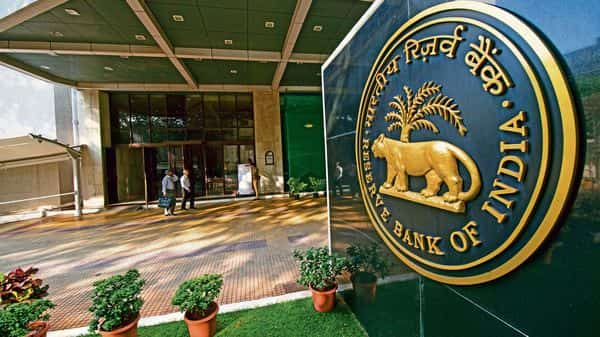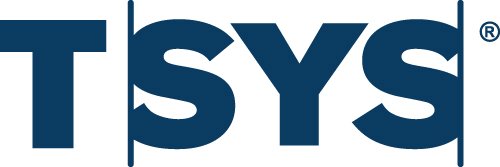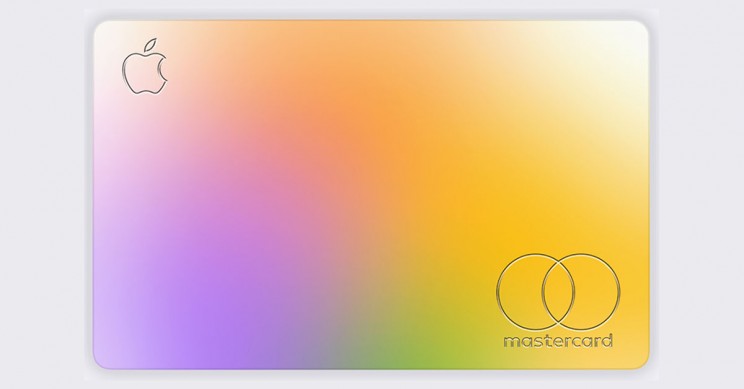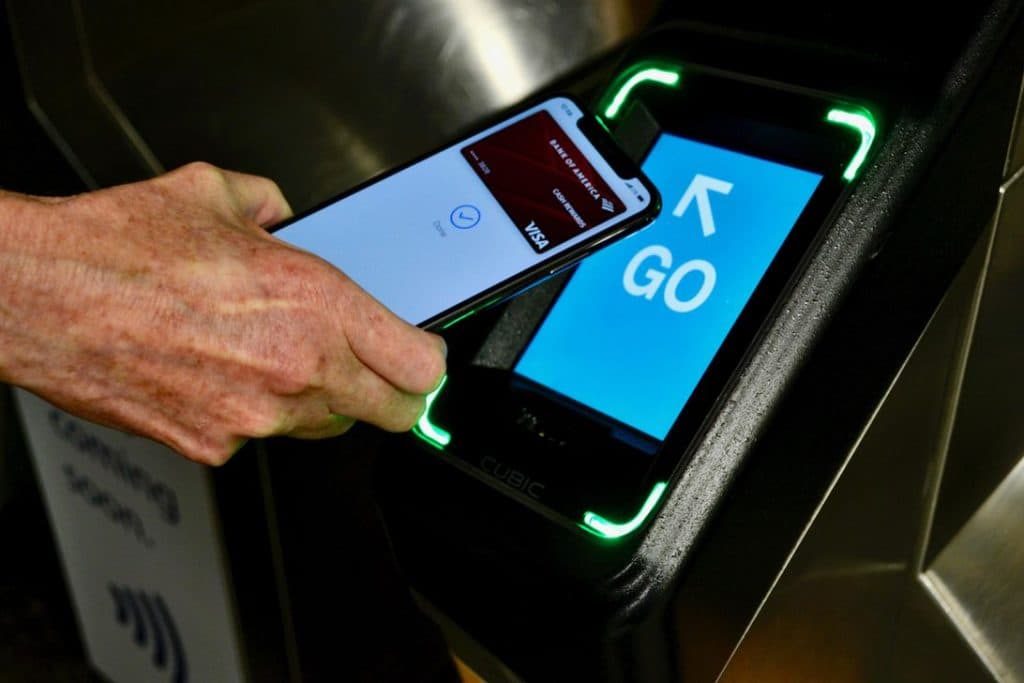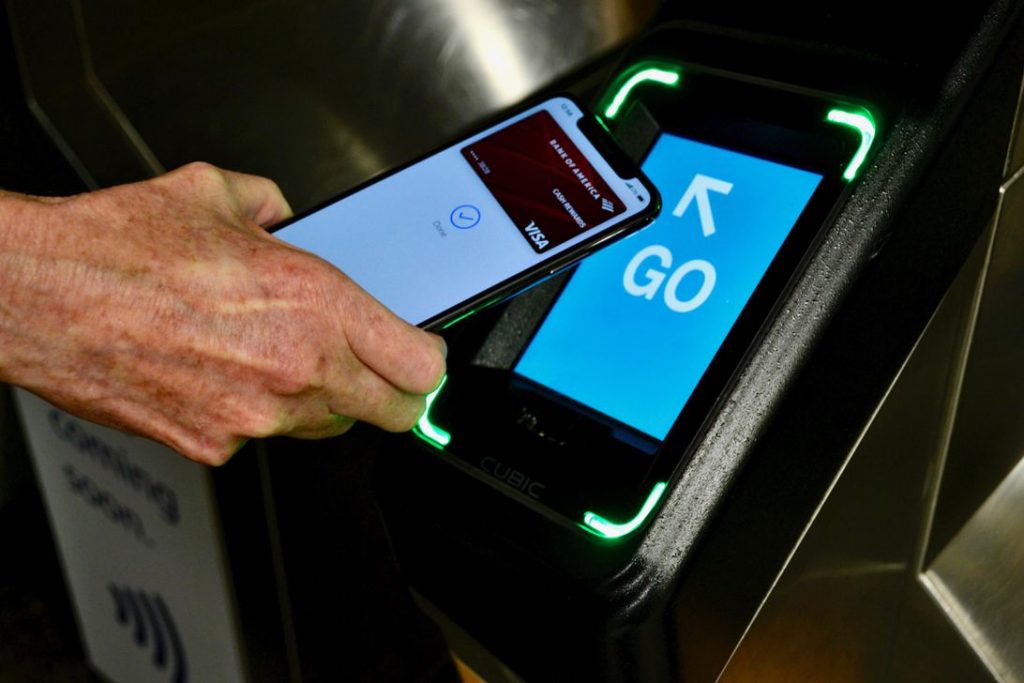Global Payments – Boosting The Digital Commerce Ecosystem Since 2000.
In 1996, Global Payments was originally established as a subsidiary of the National Data Corporation. It was spun off very shortly and it became an independent company that is currently listed on the New York Stock Exchange. Global Payments is a leading American company in the payment processing industry that offers its services to a wide range of customers from financial institutions to small and medium businesses. Some of the world’s largest companies are also customers of Global Payments including Nixon, Sodexo, Kiko, etc. The company has virtually spread across more than 100 countries and has physical operation support in 38 countries. In June 2021, It was featured as one of the Fortune 500 companies.
About Global Payments
Global Payments have become very famous within two decades especially because they support businesses of every size. The company successfully carries out billions of transactions every year very safely and smoothly. There are 24,000 employees working for the company who are delivering expert advice to the customers and keeping them ahead of the competition. The team of Global Payments is very diverse as they belong to 80 different nationalities and also speak 16 native languages.
Global Payments offers services to a variety of industries including retail, entertainment, luxury, grocery, hospitality, etc. Using the advanced technology of Global Payments, payments can be accepted in various modes. Online payment allows transactions from anywhere in the world. There are other options like unified payments, point of sale, integrated software, etc. The payment technology is so versatile that it helps both the merchants and the consumers. Amidst the immense success of the company, Global Payments also fall victim to a data breach incident ten years ago. Millions of debit and credit number numbers were affected and it cost the company $100 million.
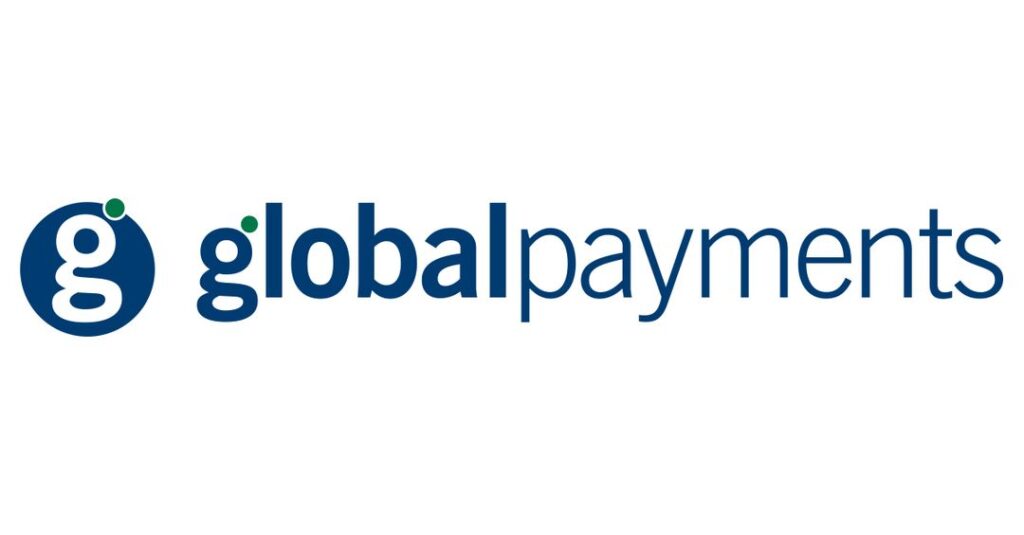
History of the Company
Global Payments started operating as an independent company in 2001 and before that, it was operating under National Data Corporation. The company made several acquisitions and partnerships in the last two decades starting with United Card Service which is the leading credit card processing company in Russia. In 2009, Company paid $75 million to acquire this company for the card services. After two years, the United Card Service that was operating under Global Payments bought Alfa Bank’s credit card processing unit. In 2012, Company acquired Accelerated Payment Technologies for $413 million and after two years acquired an Australian company called Ezidebit for $305 million.
In the upcoming years, the series of acquisitions continued as it purchased many famous companies. For example, in January 2015, Global Payments acquired PayPros, a California-based payment company for $420 million. In the same year, it also acquired an Irish payment company called Realex Payments. In 2016, Company made one of the biggest acquisitions in its history as it bought Heartland Payment Systems for $4.3 billion. During this time, both companies were dominant in the payment processing industry. Some of the other companies that were acquired by the company are AdvancedMD, Sentral Education, and divisions of Active Networks. Three years ago, the company also announced a merger with TSYS for $21.5 billion but it also triggered a federal investigation. But, the merger took place after some time and the company has also announced a partnership with Google Cloud.
Jeffrey S. Sloan – CEO of Global Payments
Jeffrey S. Sloan is a very skilled leader with deep industry knowledge. It has been more than twenty-five years that he has strong expertise in the financial sector. Jeff became a part of Global Payments in 2010 when he joined the company as its President and in 2013 he became the CEO of the same. He has worked in many other famous companies in executive positions such as head of financial technology group for Goldman, Sachs & Co. Jeff was also featured in the Atlanta Business Chronicle as one of Atlanta’s Most Admired CEOs.

Annasha Dey is an NIT student, who apart from studying engineering is also a content writer. She has a great interest in photography, writing, reading novels, and travelling as well. She is a foodie who loves socializing and hanging out with her friends. She is also a trained Kathak dancer and a big fashion enthusiast. Dey also loves watching TV series, which includes F.R.I.E.N.D.S. and Big Bang Theory. To be a better writer she prefers to read more
